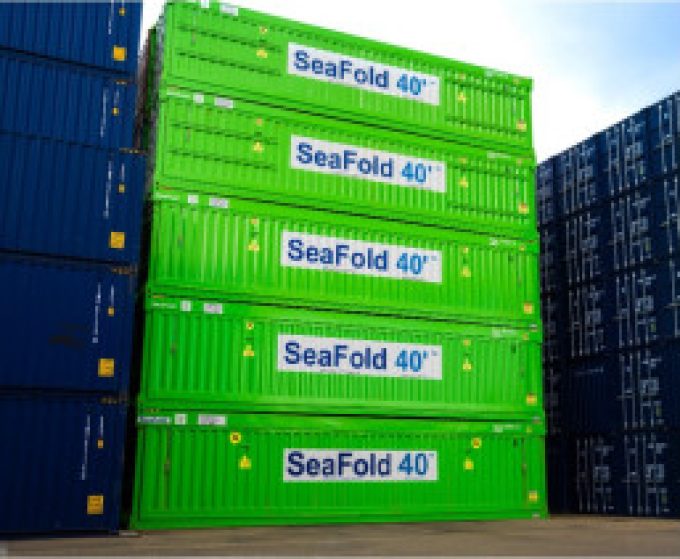
Could this innovative 5-in-1 collapsible container be the breakthrough the industry has been waiting for?
5 months ago
Could this innovative 5-in-1 collapsible container be the breakthrough the industry has been waiting for?

Compact Container Systems (CCS) has introduced its SeaFold HC 40ft, an innovative folding container that can collapse to fit five units in the space typically occupied by a single FEU, significantly simplifying the repositioning of empty containers.
“This revolutionary design allows us to stack five of our folded containers in the same slot as one standard 40ft HC container, fundamentally transforming box movement management, maximizing storage capacity, and dramatically lowering carbon emissions,” stated CCS CEO Charlie Santos-Buch.
The shipping industry has long anticipated the advantages of a collapsible container that can be folded down for return voyages, facilitating the efficient repositioning of hundreds of thousands of TEUs in a single trip. The COVID-19 pandemic highlighted the challenges associated with empty container repositioning, leading to a surplus of empties accumulating on quaysides and overwhelming handling facilities, which hampered intermodal operations.
This year, the crisis in the Red Sea has further strained container availability, affecting forwarder operations. However, despite numerous attempts over the decades to create foldable containers, widespread adoption has remained elusive, primarily due to concerns over structural integrity and the risk of stack collapse—issues that are typically the first to be addressed in new designs.
CCS claims its container can be collapsed in just seven minutes using standard port equipment, achieving a remarkable 69% reduction in CO2e emissions on routes from Los Angeles to Shanghai.
“Whether it’s about saving costs or optimizing space, our containers offer a safer and more efficient operating and storage solution for ports, terminals, and depots,” Mr. Santos-Buch emphasized. “This capability is particularly crucial during peak seasons when congestion poses significant challenges and the movement of empty containers becomes urgent.”
It remains to be seen if this latest iteration of the collapsible container will finally achieve the widespread adoption the industry has sought.
Source: The Loadstar